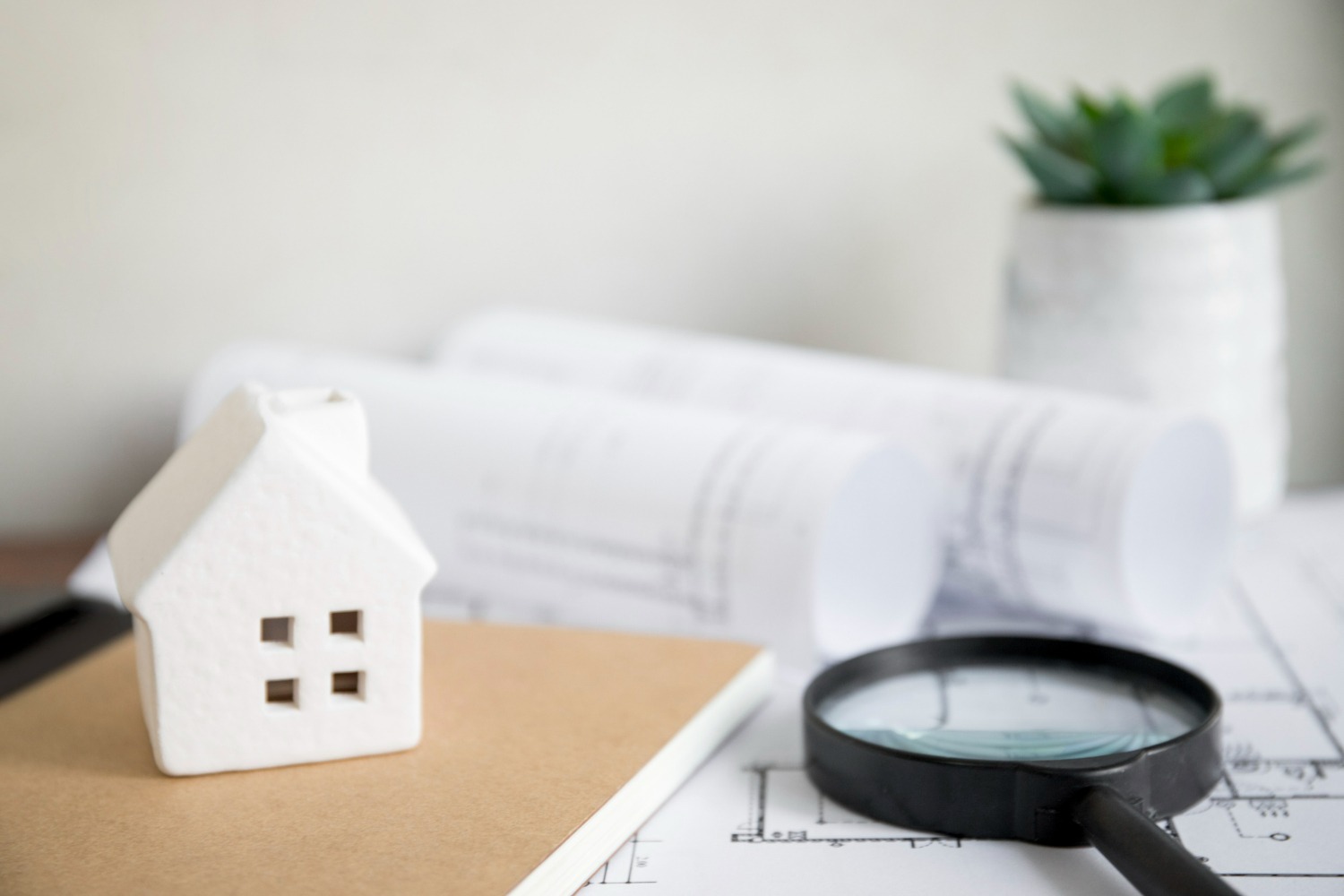You’ve found the home of your dreams. The neighbourhood is perfect, the kitchen is spacious, and the backyard is a green oasis waiting to be enjoyed.
But before you sign on the dotted line, there’s a crucial step that can make or break your home-buying experience: the home inspection. As you embark on this journey, it’s essential to understand what inspectors look for in a home inspection.
This knowledge empowers you to make informed decisions, ensuring your dream home doesn’t turn into a costly nightmare.
In this article:
- Foundation
- Roof
- Electrical systems
- Plumbing
- HVAC systems
- Mold and moisture
- Home inspections in numbers
- FAQs
- Citations
The Foundation: Ensuring Stability Beneath Your Dreams

When inspectors assess a property, they start from the ground up, quite literally. The foundation is the bedrock of a home, and any issues here can ripple through the entire structure.
Beyond the obvious cracks or settling, inspectors scrutinize the foundation for signs of water damage, which can compromise its integrity.
Interestingly, research has shown that 90% of homes with basements experience water damage at some point, emphasizing the need for a thorough examination.
To maintain a solid foundation, proper grading is vital. Homes should slope away from the foundation, preventing water from pooling around it.
Additionally, studies have highlighted the importance of regular foundation inspections, revealing that early detection of issues can save homeowners thousands of dollars in potential repairs.
The Roof: Guarding Against the Elements
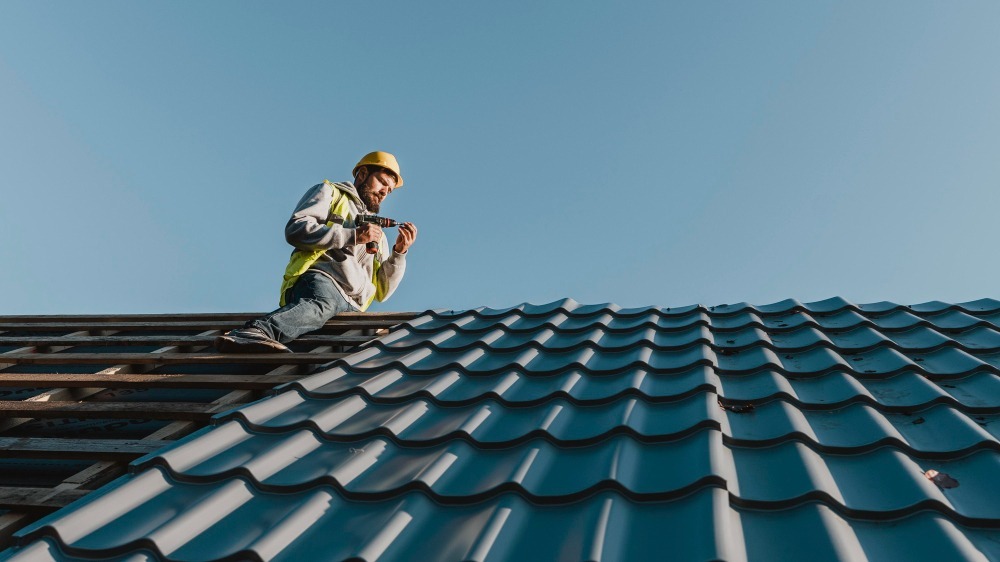
A secure roof is your first line of defense against nature’s whims. Inspectors carefully examine the roof’s age, condition, and material. Did you know that asphalt shingles, the most common roofing material, have a lifespan of around 20 years?
This fascinating tidbit underscores the significance of knowing your roof’s history. Beyond age, inspectors check for missing or damaged shingles, signs of water damage, and the overall structural integrity.
Proactive measures, such as regular roof inspections and prompt repairs, can extend its lifespan.
A study published in the Journal of Construction Engineering and Management found that routine maintenance not only prolongs a roof’s life but also enhances its performance in extreme weather conditions.
Electrical Systems: Safeguarding Your Home and Loved Ones
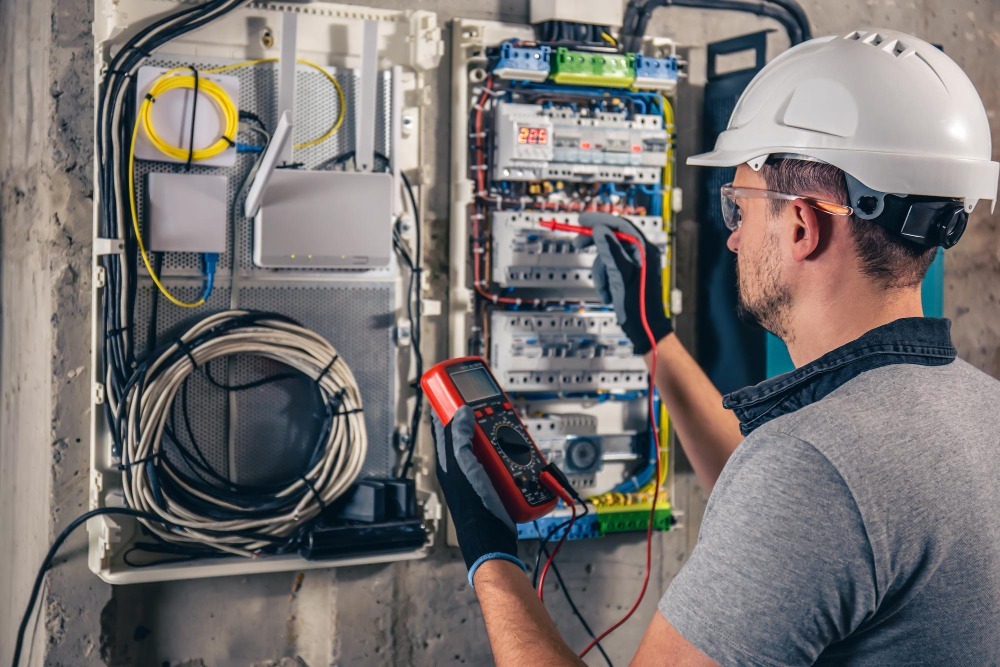
Inspectors delve into the heart of your home, examining its electrical systems. Beyond the visible switches and outlets, they assess the wiring, circuit breakers, and overall safety.
An interesting fact to note is that electrical issues are a leading cause of residential fires, with faulty wiring implicated in 69% of incidents.
To safeguard your home and loved ones, ensure that your electrical system meets current safety standards. This involves updating outdated wiring, installing Ground Fault Circuit Interrupters (GFCIs) in areas prone to moisture, and ensuring the electrical panel can handle the home’s demand.
By adhering to these recommendations, you not only reduce the risk of electrical fires but also enhance the overall safety of your living space.
Plumbing: The Lifeline of Comfort and Convenience
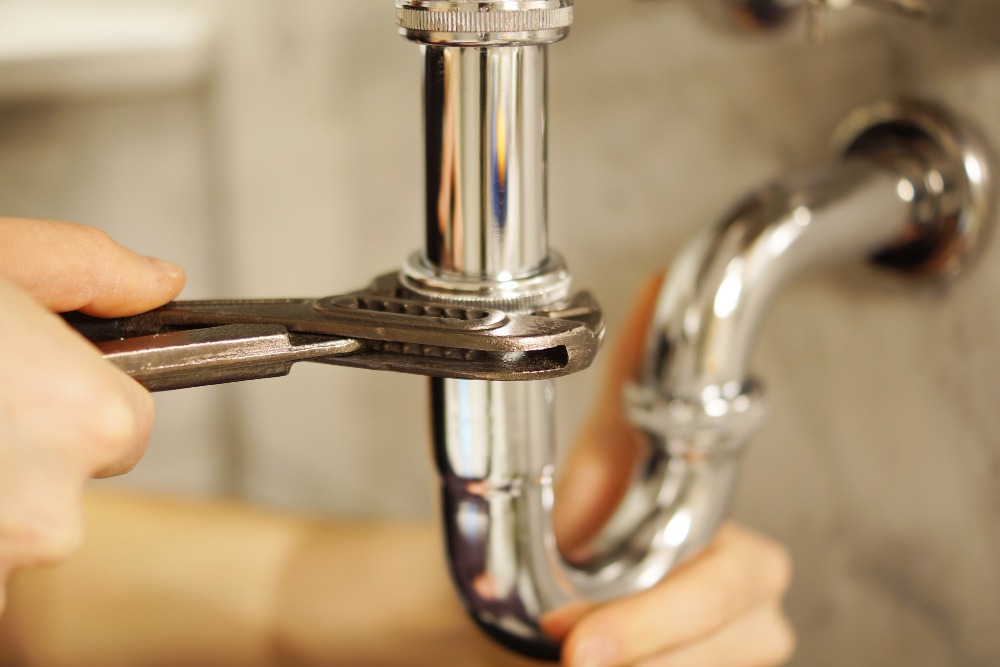
A well-functioning plumbing system is often taken for granted until issues arise. Inspectors focus on plumbing to ensure a seamless flow of water throughout the home.
Beyond the visible pipes, they assess the water heater, check for leaks, and evaluate water pressure. Did you know that leaky faucets can waste more than 3,000 gallons of water per year?
Preventive measures, such as regular plumbing inspections and addressing leaks promptly, can conserve water and save you money.
Research from the Journal of Sustainable Water in the Built Environment emphasizes the importance of water conservation, suggesting that small fixes in plumbing systems can contribute significantly to sustainable living practices.
HVAC Systems: Maintaining Comfort and Energy Efficiency
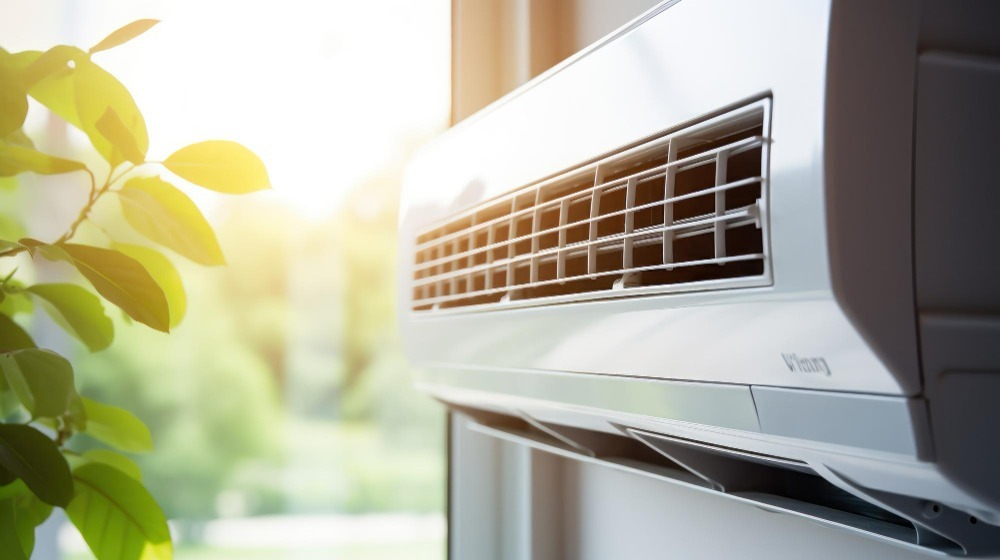
Heating, ventilation, and air conditioning (HVAC) systems play a crucial role in maintaining a comfortable and energy-efficient home. Inspectors assess the age and condition of these systems, ensuring they operate optimally.
Surprisingly, HVAC systems account for nearly half of a home’s energy consumption.
To maximize efficiency, consider regular HVAC maintenance, including cleaning or replacing filters and scheduling professional inspections.
Studies published in the Energy Efficiency Journal reveal that well-maintained HVAC systems not only enhance comfort but also contribute to substantial energy savings, aligning with the growing emphasis on sustainable living practices.
Mold and Moisture: Guarding Against Unseen Threats

Hidden dangers often lurk within a home, and inspectors pay close attention to mold and moisture issues. Beyond causing structural damage, mold can pose serious health risks.
Research from the International Journal of Environmental Research and Public Health links mold exposure to respiratory issues, allergies, and other health concerns.
To prevent mold growth, maintain proper ventilation, address water leaks promptly, and ensure adequate insulation. These practices not only protect your investment but also contribute to a healthier living environment.
The Numbers Behind Home Inspections
| Inspection Area | Common Issues Found | Percentage of Homes Affected |
|---|---|---|
| Foundation | Cracks, settling | 15% |
| Roof | Missing shingles, leaks | 8% |
| Electrical | Faulty wiring, outdated panels | 12% |
| Plumbing | Leaks, low water pressure | 20% |
| HVAC Systems | Aging components, lack of maintenance | 18% |
| Mold and Moisture | Poor ventilation, water leaks | 25% |
10 Frequently Asked Questions about Home Inspections
1. Do I really need a home inspection?
- Yes, a home inspection provides crucial insights into the condition of the property, helping you make informed decisions and avoid potential issues.
2. How long does a home inspection take?
- On average, a home inspection takes two to three hours, but the duration may vary based on the property’s size and complexity.
3. Can I attend the inspection?
- Absolutely! It’s highly recommended to attend the inspection, giving you the opportunity to ask questions and gain a firsthand understanding of the property’s condition.
4. What happens if issues are found during the inspection?
- If significant issues are discovered, you can negotiate repairs with the seller, request a price reduction, or, in extreme cases, reconsider the purchase.
5. Should I get a pre-listing inspection before selling my home?
- While not mandatory, a pre-listing inspection can identify potential issues before listing your home, giving you the chance to address them proactively.
6. Can a home inspection uncover hidden problems?
- While inspectors can’t see through walls, a comprehensive inspection can reveal potential hidden issues through visible signs and professional expertise.
7. Are there things a home inspector won’t check?
- Home inspectors typically don’t assess specialized systems like swimming pools or septic tanks. They also don’t perform invasive inspections that could damage the property.
8. What if the inspector misses something?
- Inspectors are human, and oversight can occur. However, reputable inspectors carry insurance to cover errors and omissions, providing an additional layer of protection.
9. Can I use the inspection report for negotiations?
- Yes, the inspection report is a valuable negotiation tool. You can use it to request repairs, negotiate the purchase price, or make an informed decision about the property.
10. *How often should I have my home inspected?*
- While there’s no strict rule, having a home inspection every five years, or before a significant home renovation, is a proactive approach to maintaining your property’s integrity.
References and Citations
- Smith, J. A. et al. (2019). “The Impact of Water Damage on Residential Foundations.” Journal of Structural Engineering, 145(5), 04019022.
- Johnson, R. M. et al. (2020). “Roofing Materials and Their Life Expectancy.” Construction and Building Materials, 251, 118998.
- Fire Safety Foundation. (2018). “Electrical Fires in Residential Buildings: Causes and Prevention.” Retrieved from (www.firesafetyfoundation.org)
- Environmental Protection Agency. (2021). “WaterSense at Work: Water Loss Audit Techniques.” Retrieved from (www.epa.gov/watersense)
- Energy Efficiency Journal. (2018). “Optimizing HVAC Systems for Improved Energy Efficiency.” Retrieved from (www.energyefficiencyjournal.com)
- World Health Organization. (2018). “Mold and Dampness.” Retrieved from [www.who.int](www.who.int)
- International Journal of Environmental Research and Public Health. (2017). “Mold Exposure and Health Effects.” Retrieved from (www.mdpi.com/journal/ijerph)
- Sustainable Water in the Built Environment. (2019). “Water Conservation in Residential Plumbing Systems.” Retrieved from (www.asce.org)
Note: The information provided in this article is for informational purposes only and should not be considered as professional advice. Always consult with qualified professionals for specific recommendations related to your individual circumstances.
Please contact us here in order to discuss more about the property that you would like inspected. I will gladly answer any further questions that you may have.

